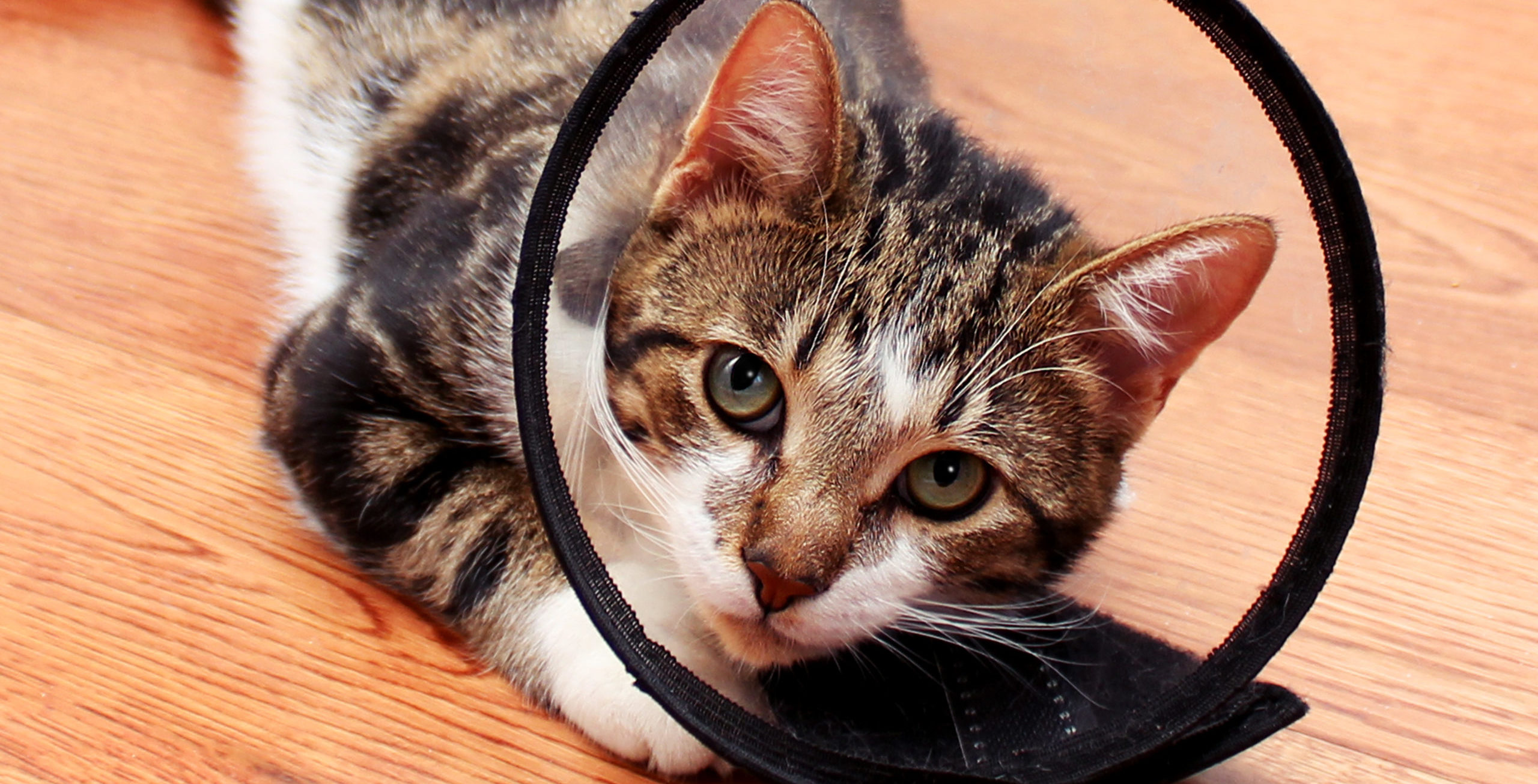Spaying and neutering, also known as alteration, refers to the surgical removal of certain reproductive organs from an animal. Many choose to have their animals undergo this procedure in order to reduce the number of unwanted litters. However, spaying and neutering also help prevent or curb certain behaviors related to breeding instincts, as well as a multitude of illnesses and health risks. But how does spaying and neutering animals actually affect our animals’ bodies?
Physical Alterations from Spaying and Neutering
According to the American Veterinary Medical Association (AVMA), during the typical “spay” surgery the ovaries, fallopian tubes and uterus are removed from a female dog or cat. The procedure, also known as an ovariohysterectomy, makes her unable to reproduce and also eliminates the heat cycle.
Meanwhile, during the typical “neuter” surgery the testicles and their associated structures are removed from a male dog or cat which makes him unable to reproduce. This procedure is also known as orchiectomy or castration. An obvious physical change post-operation will be the absence of these structures on your male dog or cat. However, in some cases, depending on the age of your animal during the operation, their head shape may be affected. Due to the levels of testosterone and hormones, animals’ heads widen or appear rounder by the age of two or three. If you alter your pet before they reach a year old, their heads may not appear as broad as much as their elder counterparts.
During both procedures, a small aesthetic scar may be present at the surgical site, and many organizations that conduct these procedures will tattoo a small green line near the site to indicate that animal’s alteration status.
How Do Spaying and Neutering Affect an Animal Internally?
With the sex organs removed from animals during the alteration process, their internal production of hormones typically associated with reproduction decreases. With the decrease in these hormones, some changes may occur in the animals’ appetite or metabolism thus affecting their physical appearance and putting them at risk for weight gain.
Psychologically, animals can sometimes experience changes in their behavior. Many people will see a decrease in the urge to roam, spray and may actually have beneficial changes to your animals’ attitude. Spaying and neutering can help with undesirable behaviors and aggression in animals.
Alternatives to Spay and Neuter Procedures
According to the AVMA, the following alternative procedures are available but not commonly performed:
Hysterectomy
During this surgical procedure, the uterus and part of the fallopian tubes are removed from a female animal. This makes her unable to reproduce, but her ovaries remain and will produce hormones. Unlike spaying, this may not eliminate the animal’s behavior associated with breeding instinct.
Vasectomy
This surgical procedure only removes the vas deferens, which conducts sperm from the testes. This makes the dog or cat unable to reproduce, but his testes remain and will produce hormones. Unlike neutering, this may not eliminate the dog or cat’s behaviors associated with the breeding instinct.
Ovariectomy
Similar to the ovariohysterectomy, this procedure renders a female unable to reproduce and eliminates her heat cycle and breeding instinct-related behavior. However, only the ovaries are removed during an ovariectomy and the uterus remains.
How Does Florida Animal Friend Support Spay and Neuter Efforts?
Florida Animal Friend supports spay and neuter efforts by providing grant funding to organizations across the state who offer free or low-cost spay and neuter services. When you purchase our specialty Florida license plate, $25 goes directly to support this life-saving cause. For more information on Florida Animal Friend, or to contribute to our goal of ending animal overpopulation throughout the state, please purchase a plate or donate today.
